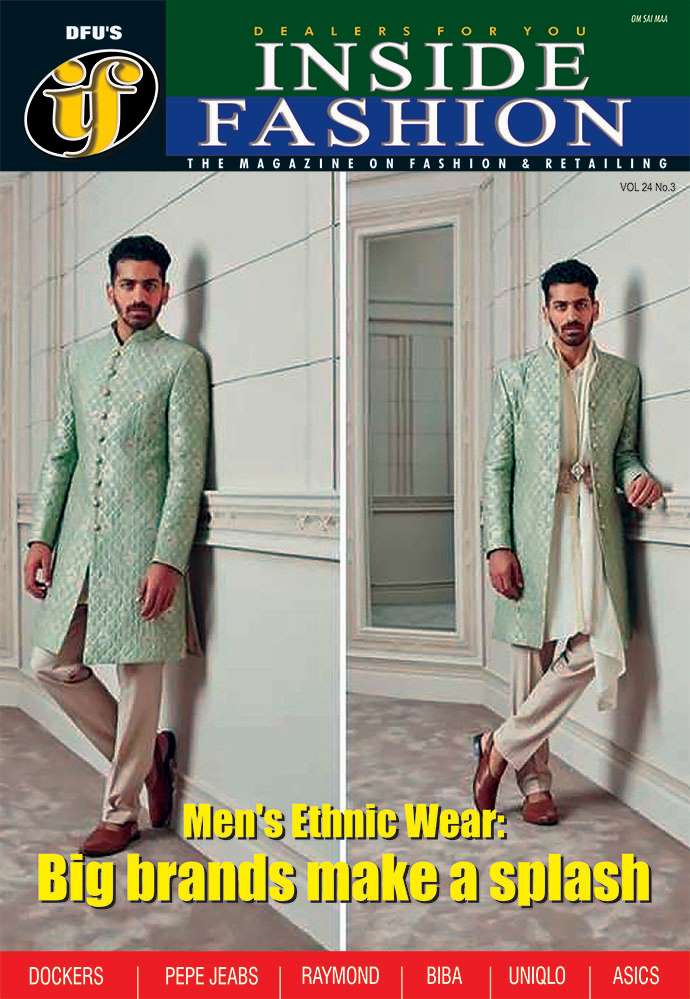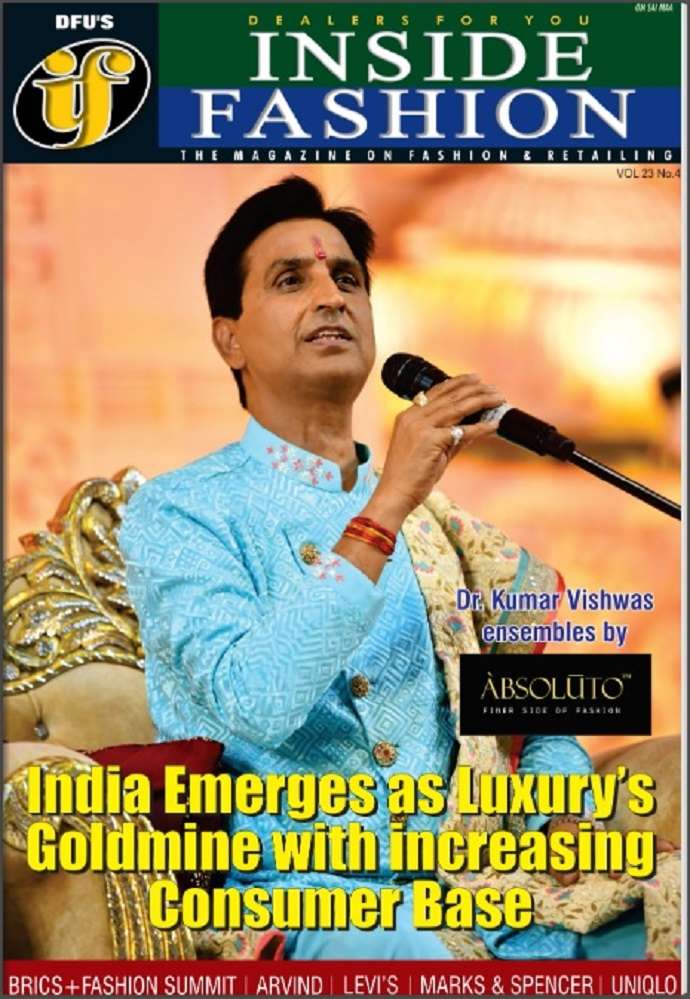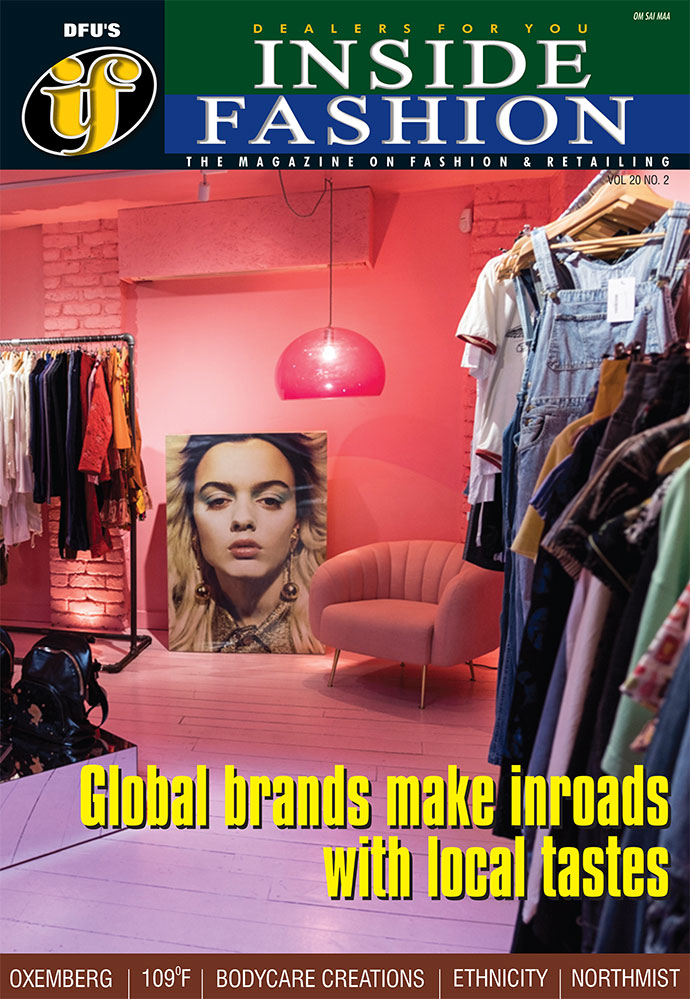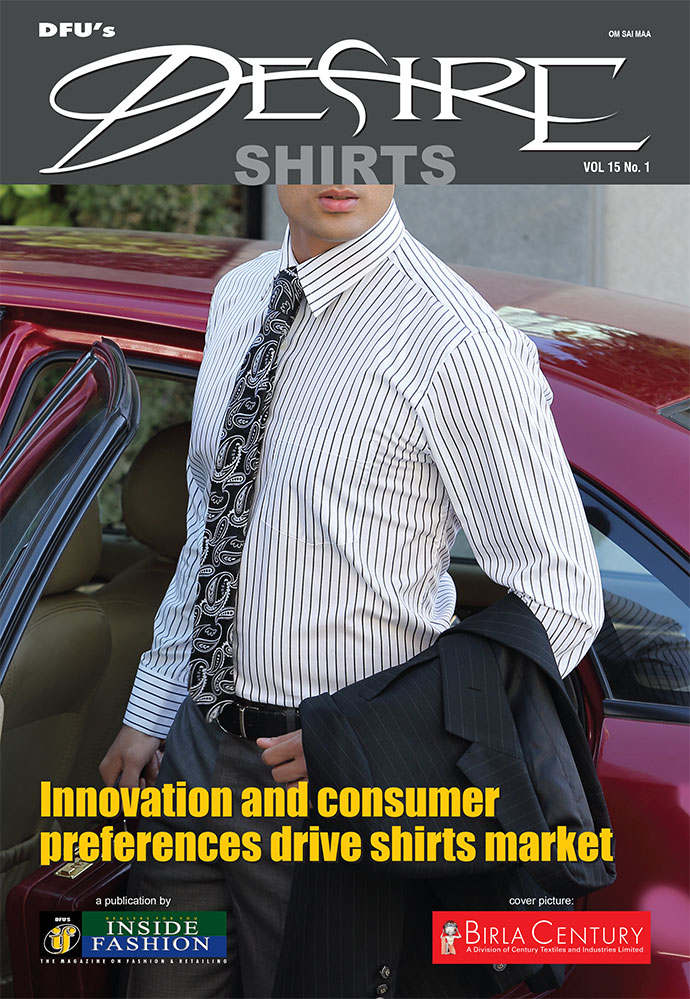The battle for prime retail space heats up as luxury demand grows in India
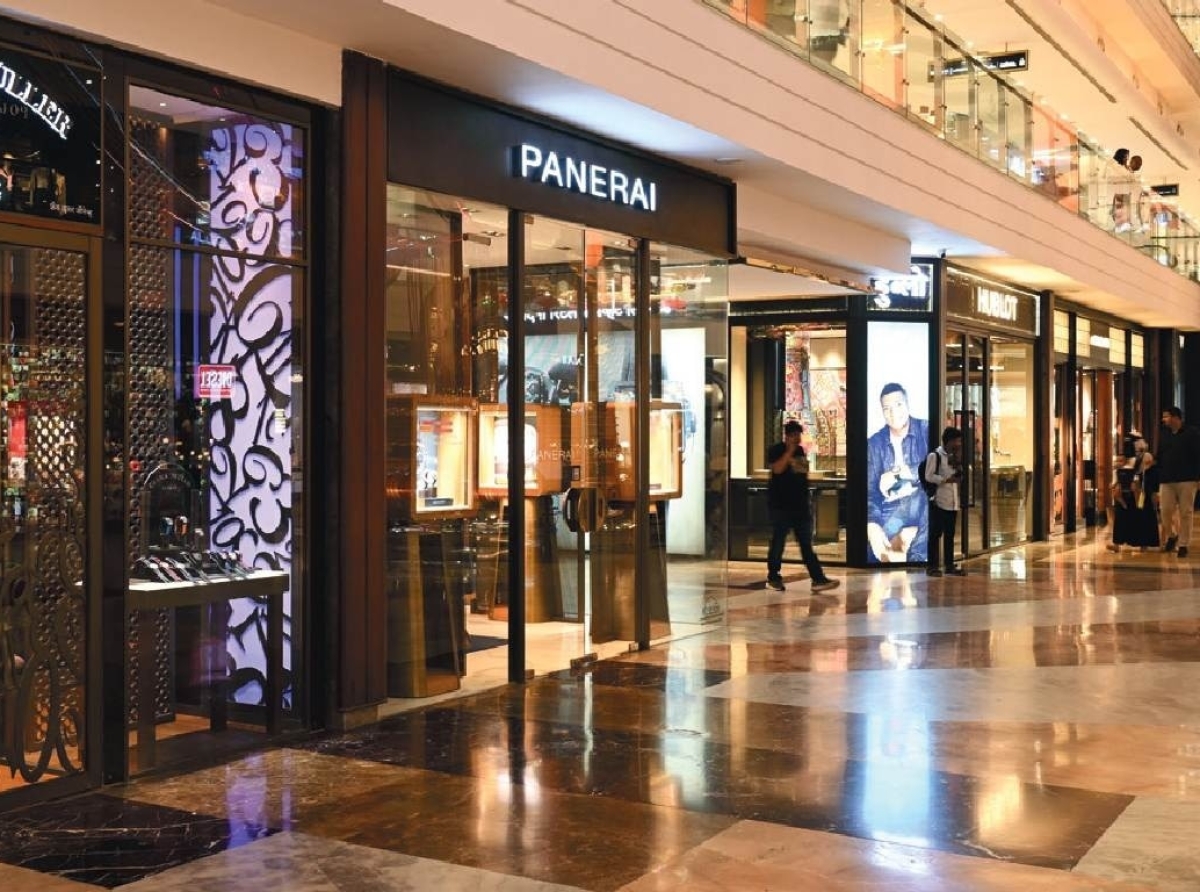
20 May, Mumbai 2025
India's luxury retail sector has seen an unprecedented rise in leasing activity and ambitious expansion plans by both global and domestic brands. CBRE data reveals almost 90 per cent year-on-year increase in luxury retail leasing during the first quarter of 2025, with a total of 180,000 sq. ft. of space being lapped up by premium brands across major cities. This growth underscores India's growing appetite for high-end goods and positions the country as an important player in the Asia-Pacific luxury space.
Global, domestic brands vie for market share
The aggressive expansion is being led by a recalibration among luxury brands aiming to capture a wider spectrum of affluent Indian consumers. Anshuman Magazine, Chairman and CEO - India, Southeast Asia, Middle East and Africa of CBRE, highlights this evolving dynamic as he explains "As consumer demographics evolve, luxury brands are recalibrating strategies and expanding their physical footprint to capture a broader audience.
While legacy players may take a cautious approach focused on metro markets, newer brands continue to view India as a high-potential destination." His statement is further substantiated by CBRE's projection that India is expected to be among the top five luxury markets in Asia-Pacific.
The influx of new international players further validates this optimism. The first quarter of 2025 saw the entry of several high-end brands into the India, including German luxury clockmaker Qlocktwo debuting in Bengaluru, French children’s wear label Jacadi Paris, and women's fashion brand Maje, both opening stores in Mumbai.
This appetite for expansion extends beyond traditional luxury, with Spanish fast-fashion brand Bershka entering Mumbai and Swiss premium lifestyle brand Nespresso debuting in Delhi, indicating a widening consumer base embracing premium offerings across different segments.
Rising demand leads to rental growth
The intense competition for prime retail spaces is naturally driving up rental costs. Pushpa Bector, Senior Executive Director and Business Head at DLF Retail, confirms this trend: "Sales have increased substantially, enabling us to raise rentals at our malls. Brands in the bridge-to-luxury segment, particularly in beauty and accessories, are aggressively expanding into malls where they previously lacked a presence." Rising demand has prompted DLF Retail to innovate, with plans to develop a dedicated home and lifestyle luxury zone at its The Chanakya mall in Delhi—a pioneering concept in the Indian retail landscape.
Breitling's ambitious expansion
Swiss luxury watchmaker Breitling exemplifies the confidence in the Indian market. Buoyed by the strong performance of its existing four boutiques and the increasing consumption of luxury items, the brand is embarking on an ambitious expansion plan.
Pradeep Bhanot, MD, Breitling India states, they have opened 25 points of sale across Tier-I and Tier-II cities. India's top eight metros account for nearly 30 per cent of the country's luxury consumption, but he believes the real opportunity lies in going beyond these markets. Breitling aims to more than double its footprint to ten boutiques over the next 18 months, a move to tap into the growing affluence in emerging urban centers.
Amit Pande, Business Head, The Collective and international brands at Aditya Birla Fashion and Retail (ABFRL), reaffirms the optimism among stakeholders as he says there is definitely interest and the overall market looks positive.
Growing affluent class market catalyst
The primary driver behind this luxury retail boom is the rapid growth of India's high-income households. The number of households with an income of $40,000 or more is projected to double from 15 million in 2022 to a staggering 30 million by 2030. This increasing affluent class represents a significant consumer base with the purchasing power to fuel the demand for luxury goods and experiences.
Bain & Company, too predicts a remarkable move for India's luxury market, forecasting it to potentially reach $85-90 billion by 2030. This is a 3.5-fold increase from current levels, underscoring the immense growth potential that luxury brands are eager to capitalize on.
Sanjay Mishra, Director-India, FM International Watches & Jewellery (Franck Muller), echoes this sentiment and points out, over the past year, they have strengthened their presence in the Indian luxury watch market as demand for high-end timepieces continues to rise.
They operate through 10 points of sale and two exclusive boutiques across key Indian markets and plan to increase it further by adding two more boutiques by 2026. This consistent expansion by established players solidifies the strong growth narrative.
Table: Indicators of India's luxury retail growth (Q1 2025)
|
Indicator |
Value |
Change (year-on-year) |
Source |
|
Luxury Retail Leasing Activity |
180,000 sq. ft. |
+90% |
CBRE |
|
Projected Luxury Market Size (2030) |
$85-90 bn |
3.5-fold Increase |
Bain & Company |
|
High-Income Households (2030 Projection) |
30 mn |
Double from 2022 |
Industry Estimates |
The appeal of prime retail spaces Sanskriti Gupta, spokesperson for luxury chocolate brand Laderach in India, emphasizes the crucial role of prime retail spaces in this expansion.
Gupta explains the interest from international players, coupled with the strong performance of retail categories such as fashion, beauty, and accessories, is pushing up demand for prime retail spaces.
The desire for prominent locations in high-footfall areas underscores the importance of physical presence in building brand visibility and attracting discerning consumers.







